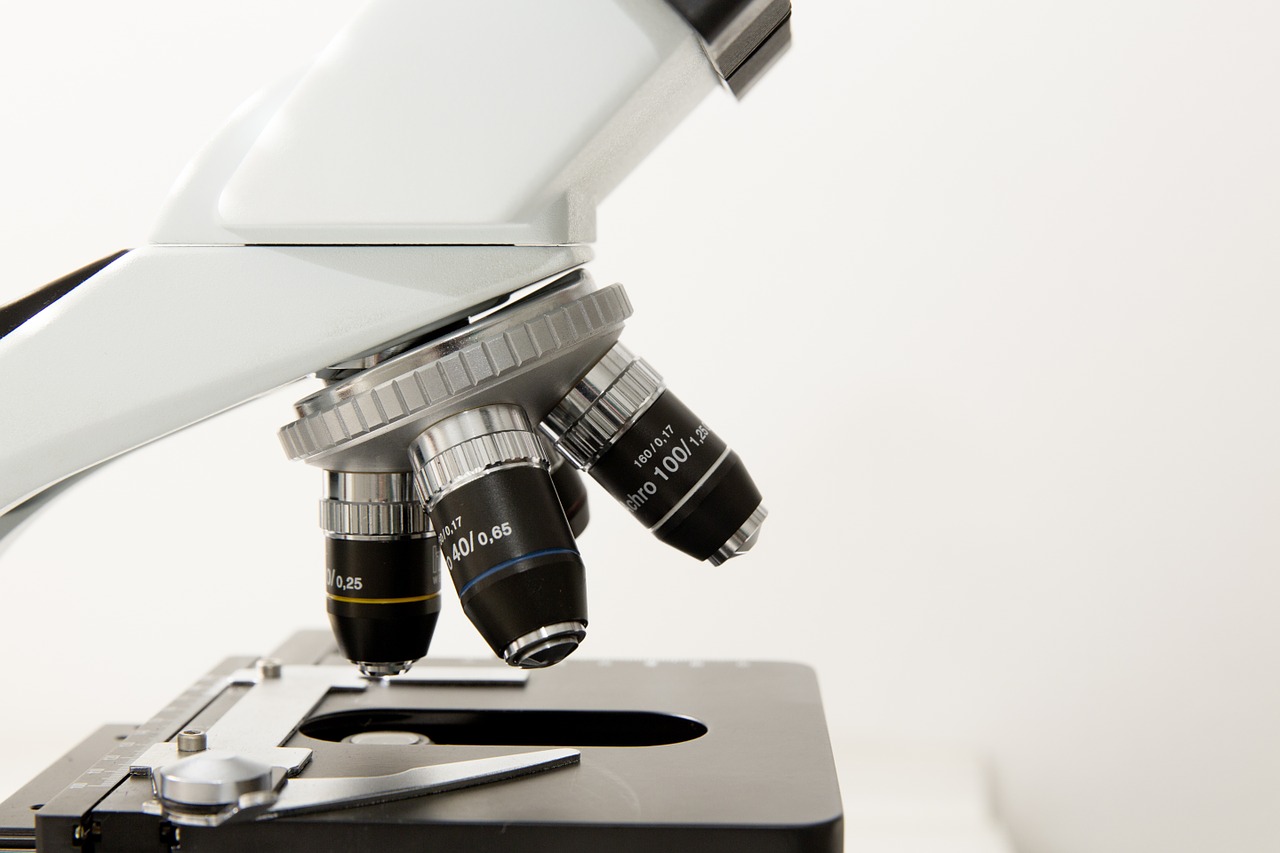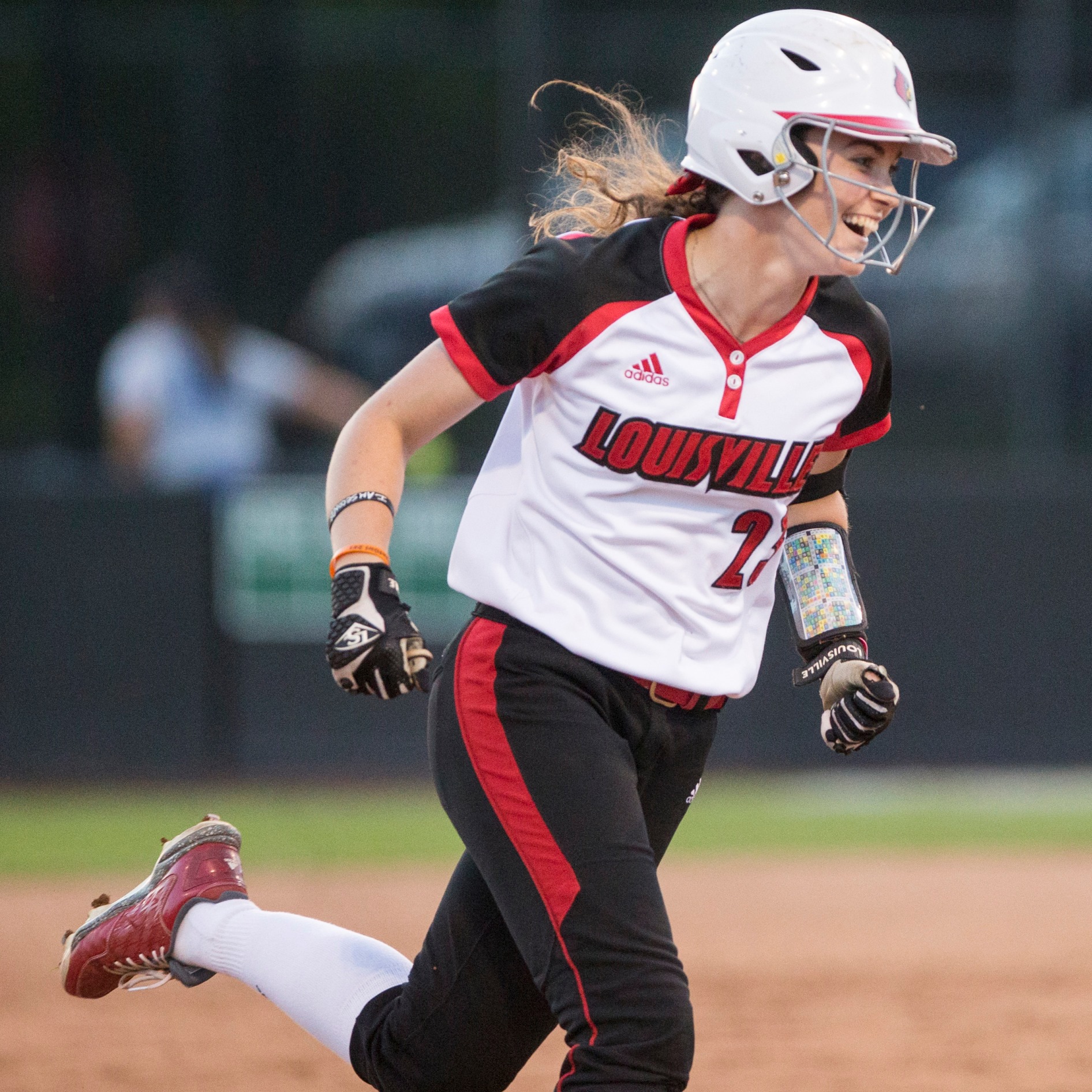
What is about to follow is my personal and professional journey to completing my PhD and events that have occurred over the last 13 years, before the beginning of my doctorate, during, and leading up to now. While others in a variety of fields have attained this terminal degree, I’d venture to say that they have experienced similar situations, or experiences that are unique to them. Although many of my friends and colleagues have attained higher levels of education (i.e. other PhD’s in the hard and clinical sciences, business school, law school, med school, and even entrepreneurship), it goes without saying that my experiences to obtain a PhD are not a global representation of all fields or within the exercises sciences. Nonetheless, these are my experiences, the challenges and obstacles I had to face, and the sheer power needed to overcome them. It is within this series of articles that I hope everyone is able to relate in some form or fashion to their own life, work, school, family, training, and even business.
This is my journey.
In the Beginning
In late fall of 2003, I was about to complete my first semester of strength and conditioning at Western Kentucky University as part of the degree requirements. I was sitting in the new (at the time) communications and journalism building pondering what the next steps would be after graduation, which would be the very next semester (2004). In short, this was the year after I had appealed to matriculate back full time after I was on the list to be repudiated from school, due to very poor academic standing. The return full time was not without help from two higher up administrative godsends that I still keep in touch with, even today as I write this article.
Photo via Western Kentucky University
From that moment in 2002 onward, my mindset, attitude, and life would change in ways unimaginable. The long, hard road to PhD would soon follow. My thoughts about graduate school had never entered my mind until then. I had not yet officially completed my undergraduate degree requirements and was already fully committed to pursuing my Master’s degree. I was 21 at the time.
Although originally I wanted to go out-of-state for a master’s degree, it made better since financially and saved time to continue at WKU. From fall of 2002, to summer of 2005, I went to school full time, and worked in strength and conditioning (from 03-05), completed not one, not two, but three summer schools all back to back (nine hours each summer term), and never took a break (and did not leave the state) until I completed my masters degree in summer 2005, which took a year going full time. During the time of working on my master’s, the idea of a PhD became more and more appealing, and made sense, as those who teach and do research require a PhD (particularly at the University level). Further, my interests to continue to coach and train athletes, and my own insatiable appetite for the training process, also increased in parallel to academic achievements.
From the time before I completed undergrad to even today, I was always very familiar with top professors, researchers, and coaches, what school they worked for, and their interests. This was a choice I made during my ladder undergraduate days, which still purveys today. The familiarization of industry leaders (I felt) was seen as somewhat taboo to many others I was surrounded with, especially in and around the department for whatever reasons. Our professors were of the old school mentality: Two of them in my undergrad were age 30-32, and our chair was late 50’s to early 60’s. During my masters we had a new professor come on board who was also in his early 30’s, who was very passionate and I got along with well. Although age didn’t really matter, none of them ever used PowerPoint. They read from old notes and at times used the old projector screen to demonstrate visual images of any sort.
Throughout the core classes during undergrad, and even my graduate year, I can say with 100% certainty we never had a single lab class, or any large lab component to any class (which is an extreme contrast to my PhD work). I only remember a few times we ever step foot in the lab for about 10 minutes, which was an astounding 20 feet away connecting two classrooms (this was several years before they did complete renovations and a new building seen today). I was a subject participate a few times for a study, and then toward the end of my graduate degree, I finally got an small opportunity to do some lab work with some biomechanics equipment.
In addition, I even wrote a review paper as part of my degree requirement on the excitation contraction process of muscle, which took several months to complete, which nobody ever read, and had zero support or encouragement from any of the faculty. Keep in mind this time frame was before the large emergence of social media (Facebook officially launched in 2004 as ‘The Facebook before simply Facebook; Twitter, and Instagram, and many others). This was also the time before the industry had an overwhelming influence on social media (and vice versa), before the rise of weekly and monthly “fitness experts”, podcasts, social media followers, weekend seminars, ignorant contest prep coaches, and selfies. Not knowing the future of the industry and where it was headed, I felt it necessary to complete my masters while I was still young, and I did. I was 23 at the time.
Post Master’s/Pre UNM
After I completed my masters I had to live with my parents, at least until I knew what the next steps would be. I also wanted to continue my strength and conditioning interests, as I felt my WKU experience was not enough. Therefore, five months after my masters, I ended up at University of Louisville, working again in strength and conditioning, mainly with women's sports.
During 2006 I worked in both strength and conditioning and health campus projects while still wanting to pursue the PhD. The S&C experience at UofL was very unique and came with a very different world and outlook compared to WKU. I didn’t know it at the time but it would later serve even more value transitioning to UNM, helping to further develop my own coaching and teaching philosophies, which continue to grow today.
While examining a wide variety of PhD programs across the county, and having a broad establishment of training and science interests, it was just a matter of what program would be a good fit. I looked extensively at numerous programs from ASU, UConn, Florida, USC, Colorado Boulder and Fort Collins, and Texas. Being young and ambitious, the natural thing was to choose a higher ranked school because it loks looks better and has a higher status. With larger programs comes a higher entrance exam. Most of you know this as the GRE. Although ASU was my first choice, after many months of communicating with the admissions person and the coordinator, I made an appointment to go out there (yes I invited myself) in order for them to “put a name with a face.”
Photo via Louisville Cardinals Facebook Page
After meeting a few faculty members, and one in particular who was “too busy,” had a cold personality, and way over-caffeinated to even acknowledge I was in the room, and another faculty member who he looked to be 50 years old in a 90 year old body, I knew it was not the place to be. But at least I got to see the S&C facility! During this time, I took the GRE three damn times, scoring similarly every time. I was not a prestigious standardized test taker.
I took a few years off after my masters before I began doctorate work, in order to not get burned out six months into a new program and culture. Considering I knew of many detailed programs and faculty members at other schools, one day surfacing online I came across a faculty member at Florida who received her PhD at University of New Mexico in Albuquerque. Neither knowing anything about the school or program, nor having once seen it online, I immediately looked at it.
The amount of detailed information about the program was such a breath of air compared to many of other programs previously examined. I didn’t really think about it much because it was not on my list of schools I originally wanted to attend. It was early 2006 and months prior I had purchased a copy of the Essentials of Personal Training Text by the NSCA. This was there very first edition (from 2004). It didn’t register at the time, but a main faculty member and graduate coordinator for Exercise Science at UNM wrote one of the first chapters in that book. Weeks later, I revisited the UNM exercise science site, and noticed a familiar name. It was the same name that I saw in that book, and his name was Dr. Len Kravitz (I’ll refer to him as Dr. K). I initially contacted him and after many weeks of online communication, I flew to Albuquerque with my brother and met Dr. K in early July 2006.
In short, he told me to apply to the program and apply for a teaching assistantship in order to be covered financially over the course of the PhD program, which included full tuition, health insurance and monthly income. After many months of waiting and continued communication, I received a letter in the mail upon my acceptance to the PhD program for Exercise Science at UNM, and a full four-year teaching assistantship.
And So It Begins
I began working on the PhD in January of 2007, only taking two classes as to not pay out of state tuition because the assistantship did not start until fall 2007. It was a big culture shock considering the severe lack and usage of lab time and depth of knowledge from the WKU days, coupled with a whole new different environment, and much smarter people than I.
Related News: Jonathan Mike Earns PhD in Exercise Science
It was certainly more big time, as the entire faculty was internationally known. While charting through rather unknown territory, I took all the required courses, some electives, taught classes, and did a teaching assistantship with Dr. K during that four-year period. While these doctorate classes were required for all doctorate students, some can substitute classes for others, depending on what you and the graduate advisor (Dr. K) decide together. While I was among several other students who also received an assistantship, it was a teaching assistantship (teaching activity classes), and not a GA position (working in the lab), and from what I recall, there were overall less available positions compared to TA spots.
From 2007 until late Spring 2011, I taught the following total classes and took the following classes. I taught anywhere from six to eight classes in a semester. Most of the classes were the same, just at various times and days of the week. Most classes were eight weeks long, followed by another eight weeks of the next level course (which was essentially the same, though I structured it a little differently):
Total Classes taught in four years: 60, with over 3000 total students:
- 45 classes on strength training and conditioning. Not a single person ever got injured in any class I taught.
- 11 swim classes (I only swam to go over technique; I used to swim in my youth)
- A few basketball classes, and jogging classes (No I did not jog, I lift, end of story).
Classes I took throughout my entire PhD program while teaching those other classes (all grad classes a total of 75 hours):
- Lab Procedures
- Designs for Fitness (basic exercise testing and prescription, guidelines, etc)
- Research Designs
- Exercise Science Seminar
- Intermediate Ex. Phys.
- EKG Interpretation (one of my favorite classes)
- Neuromuscular Phys.
- Exercise Biochemistry (lecture)
- Exercise in Extreme Environments
- Sports Physiology
- Ethics, Sport and Fitness
- Applied Stats 603
- Body Composition
- Exercise Biochemistry Lab
- Biomedical Physiology (hardest F**kin class ever)
- Writing for Professional Publication
- Teaching Internship (326 exercise phys. with Dr. K)
- Stats (604) multiple Regression
- Research Seminar
- Seminar in Applied Phys (627), took it twice. The second time was with another professor which was 1000 times better. More about him later.
- Applied Multivariate Stats 606
- Problems Course
- Advanced Field Experience
- Directed Readings
And a grand total of 51 hours of dissertation (which includes the last few years and upon PhD completion) even though a minimum of 18 was required (more on this later).
It was a tremendous amount of work, including all the work for each class, tests, and writing. I stay organized with all the classes, and still have all the binders from all the class notes, and PowerPoints to this day. Despite the large number of classes taken, I was content with this, whereby most PhD programs in the states have significantly less course work and more research work. Some of these classes were not taught every year or semester but rotated out every two to three years depending on the demand. It appears I got lucky with additional course work that would serve me well during my comprehensive exams. It was great experience overall but looking back I wish it were structured differently compared to how it is now, which serves a greater appeal to the graduate students where they are now able (since 2012) to obtain more teaching experience becoming the main instructor on record of the 200 + level courses — a policy that was not set in place years prior.
My professional relationship was Dr. K (who eventually became my official PhD dissertation chair) grew as the months and years went on as he and I were able work synergistically and diligently on many projects (even after I returned); completing four peer-review articles for IDEA Fitness Journal (I was first author on three articles and one co-author on another), numerous presentations, training videos that the would use for many of his conference presentations, and an astronomical amount of writing that he oversaw of countless occasions. Further, on top of teaching many of those classes, and taking the required course work for the degree, I also competed in eight strongman contests, getting second through fourth in all of them, and qualified for Nationals in 2009. While these times were fun and exciting, and with overall little frustration, it would be absolutely nothing compared to the coming years as I would soon experience of what I’ve called the “Dark Ages”, which started in 2009, and lasted for four years. This time period would take all the willpower, heart, passion, and extreme mindset to climb out of…..
Stay tuned for part two!















2 Comments